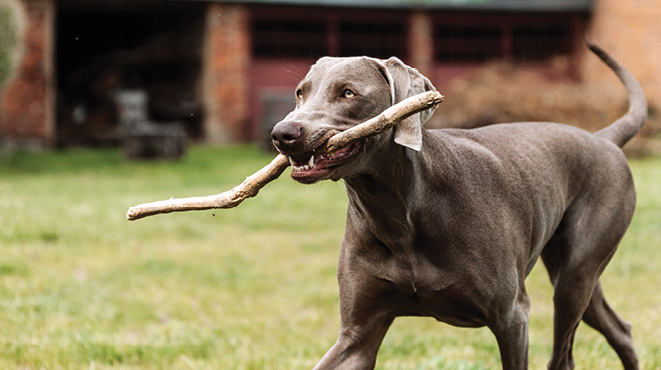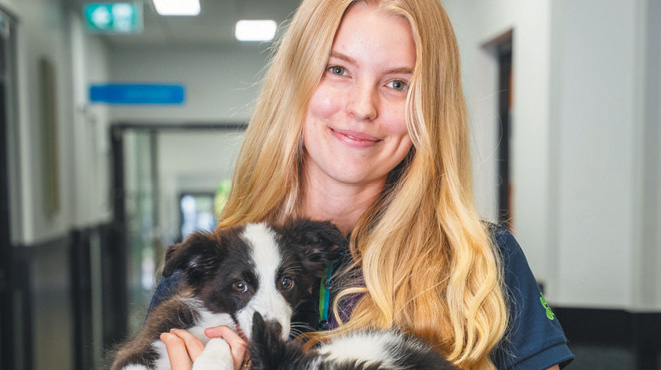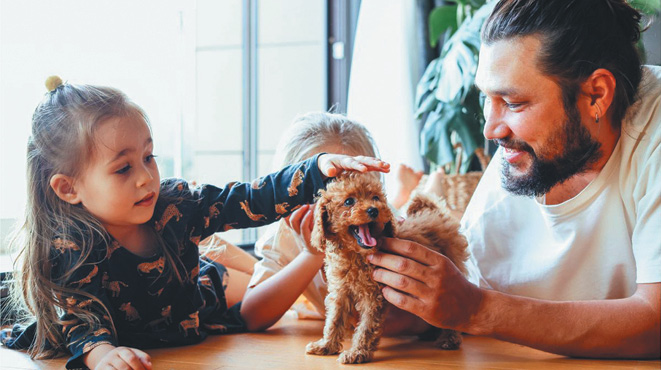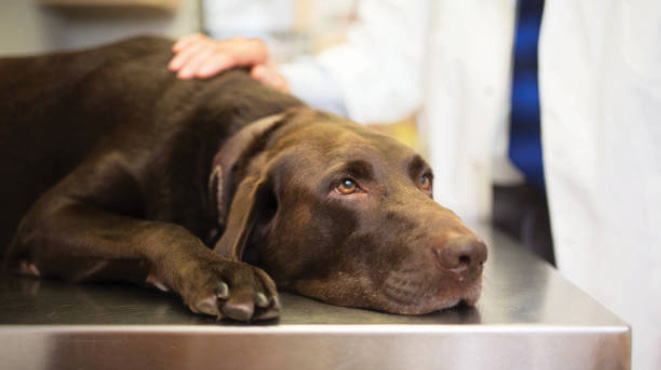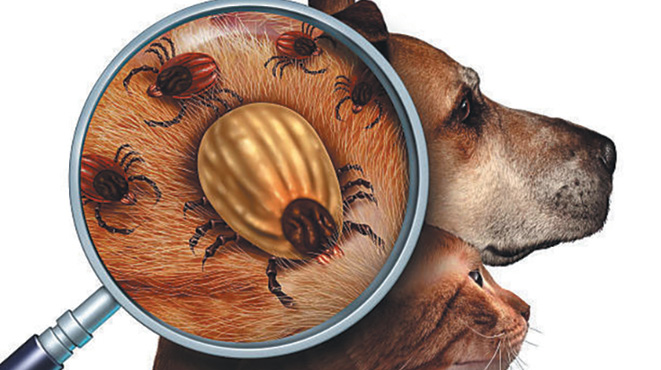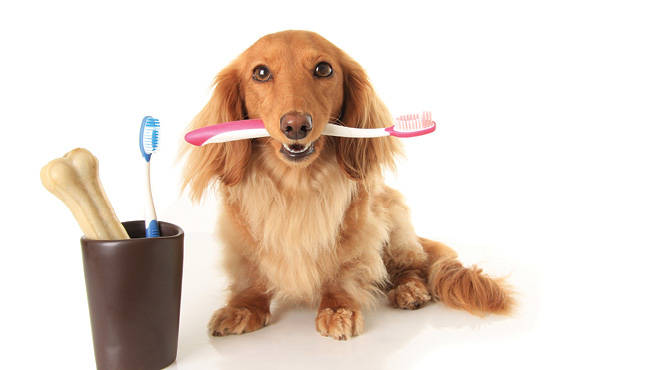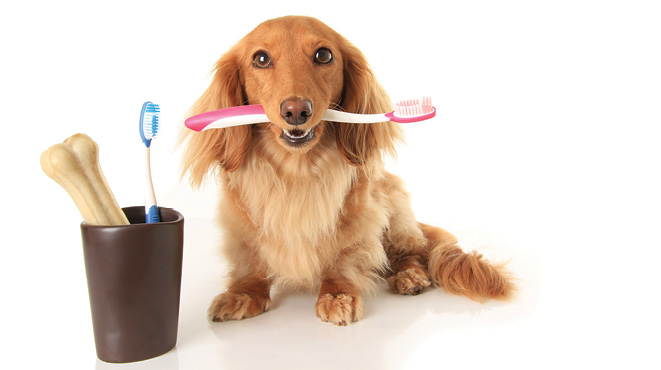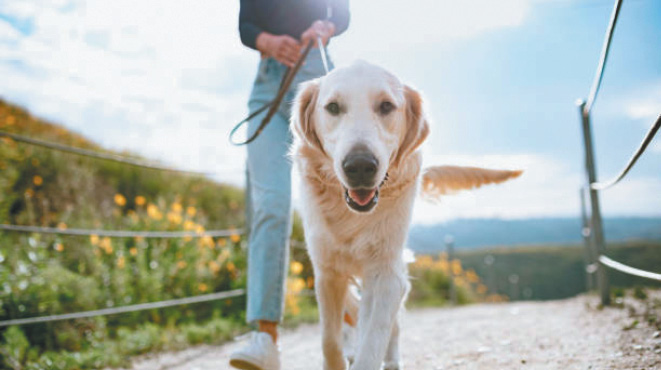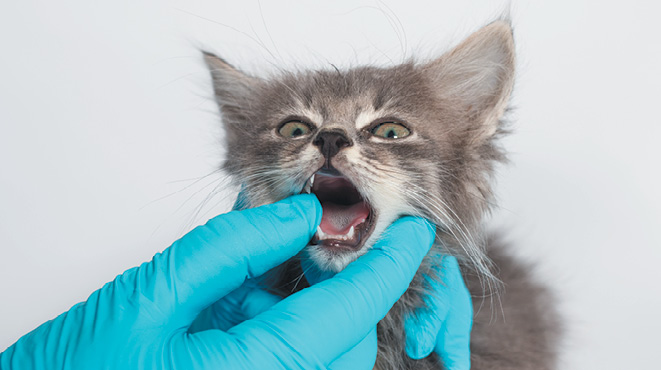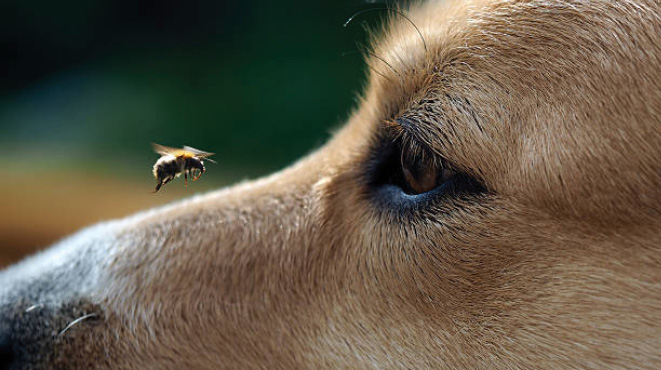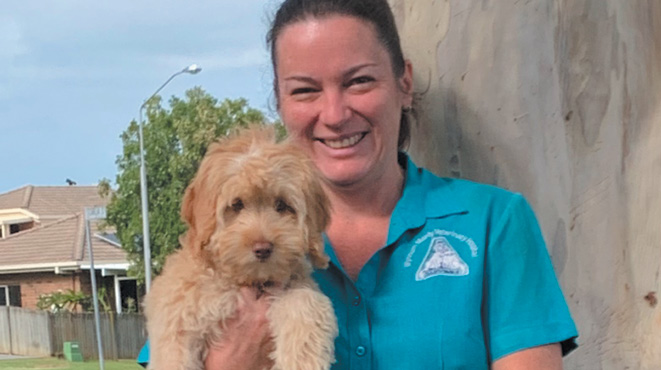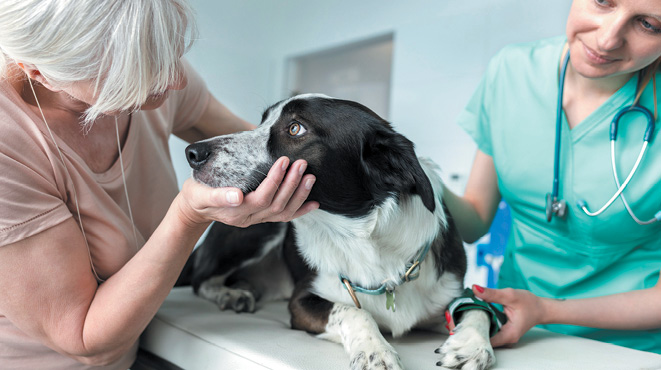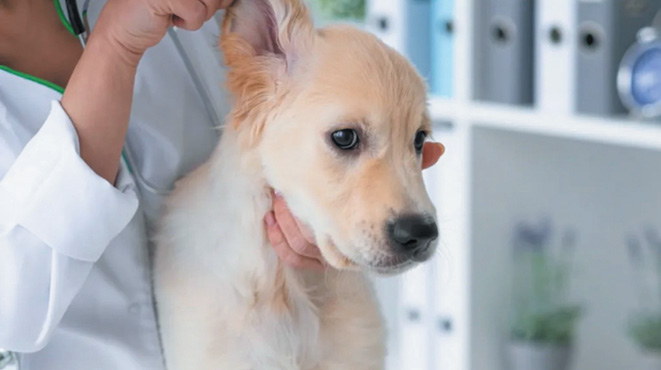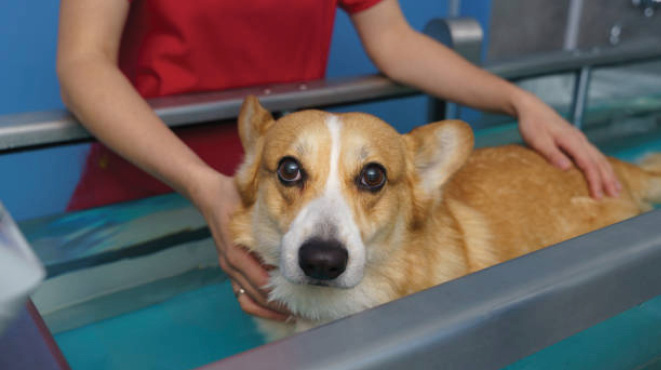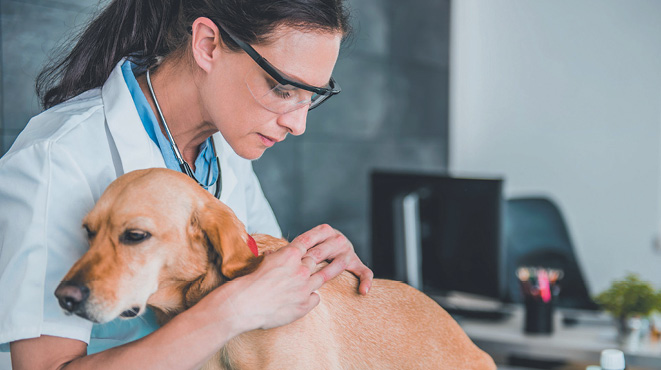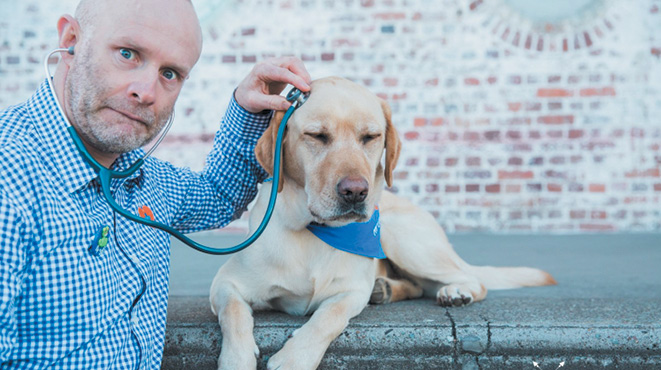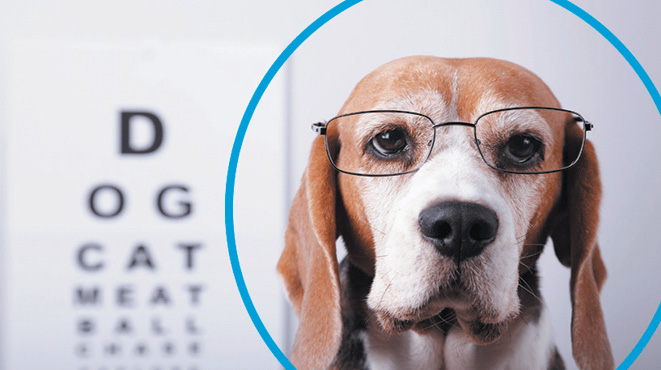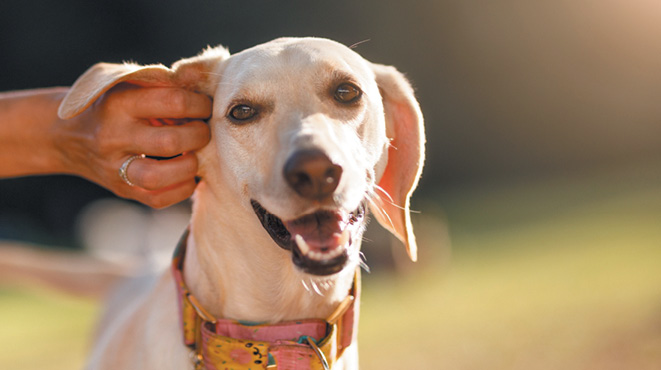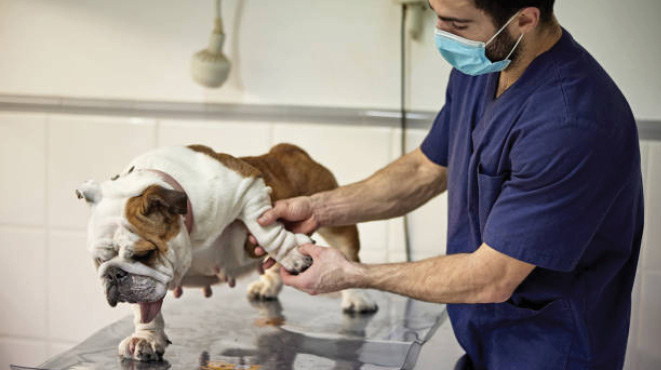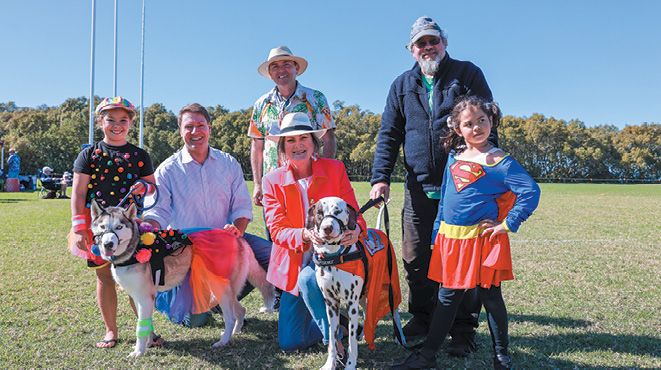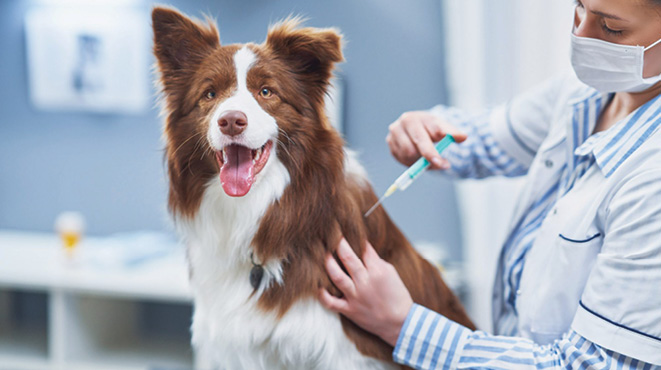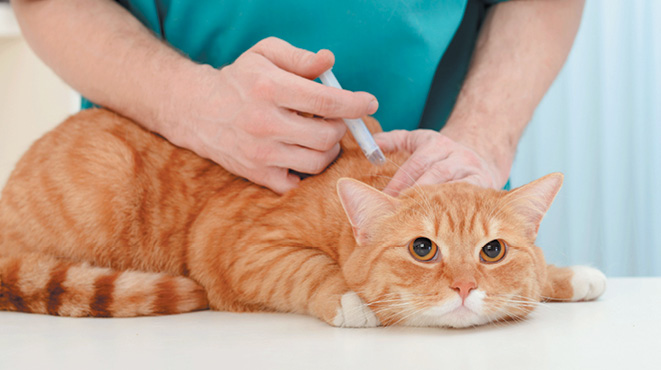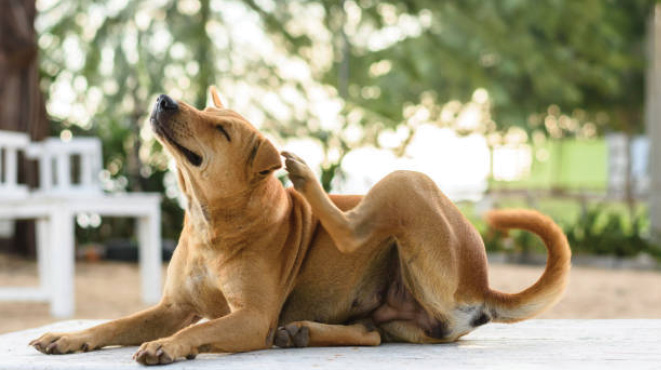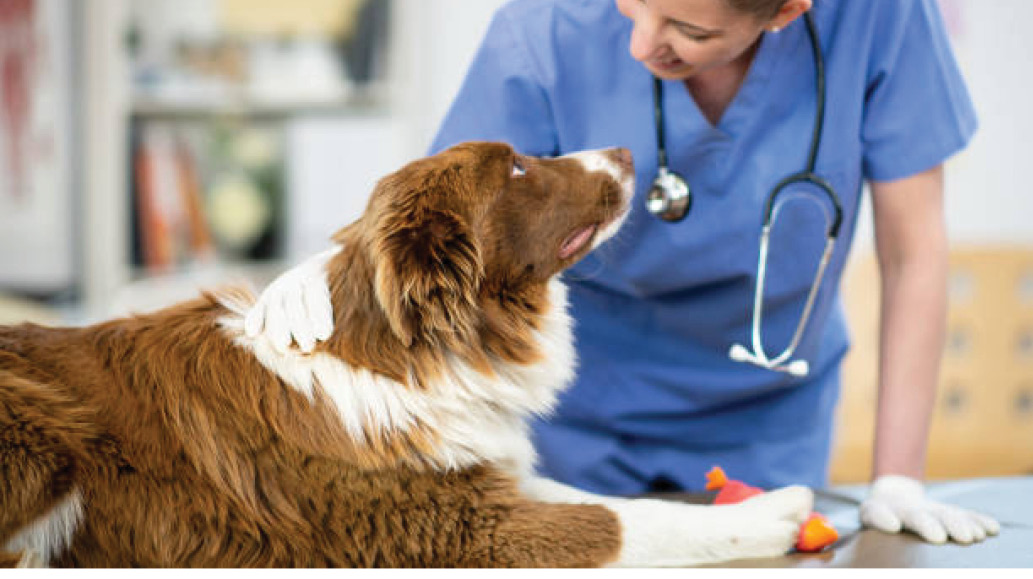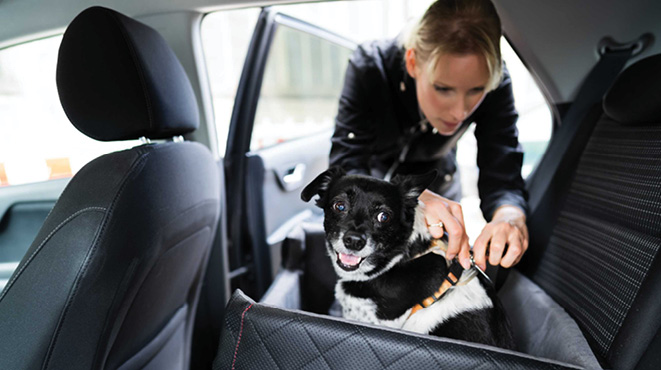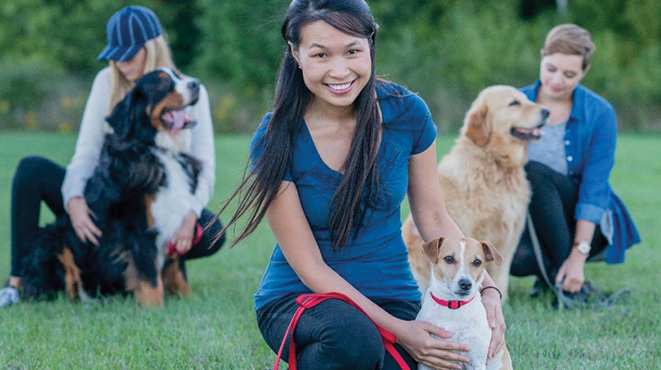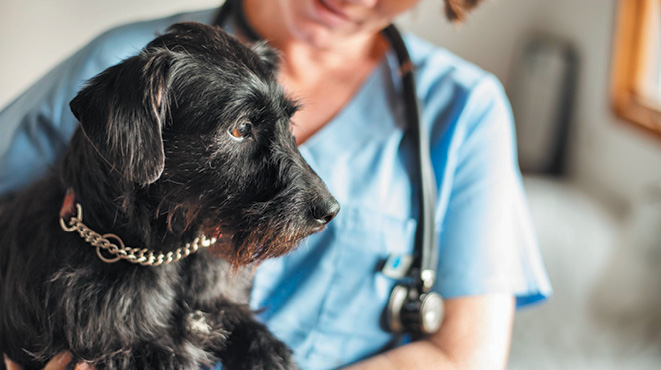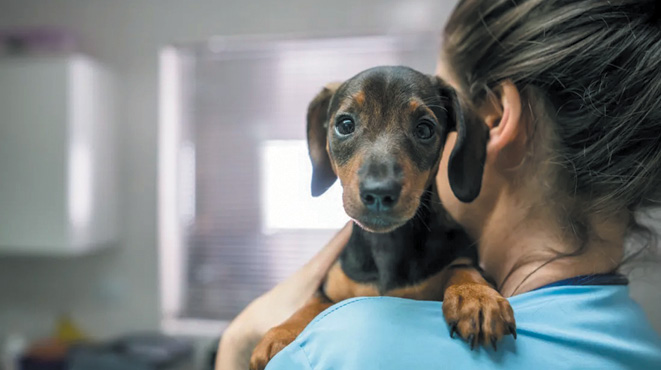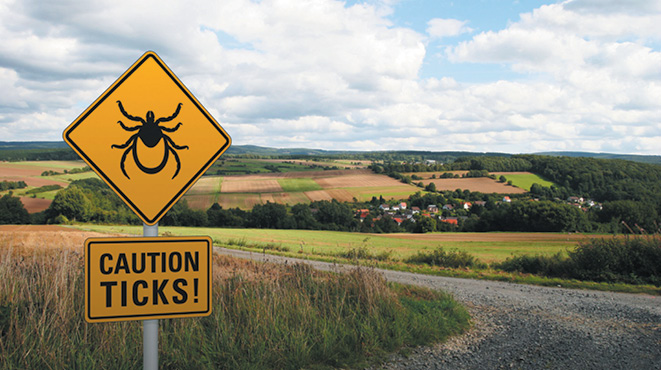BY DR NICKY THOMAS, WYNNUM MANLY VETERINARY HOSPITAL
Arthritis is a degenerative joint disease and is the most common cause of reduced mobility in dogs. It can occur at any age and body weight, but is most commonly seen in large breed older dogs or in animals after an injury.
Signs of arthritis include:
- limping, stiffness, change in gait
- reluctance to walk, jump or climb stairs
- difficulty rising from a resting position or finding a comfortable position
- licking affected joints
- reduced interaction with people
- •hange in toileting behaviour
- increased vocalisation
There are five significant components of equal importance to consider when treating arthritis.
1. Weight control – overweight dogs have a greater load to carry on their joints.
2. Provide a warm, soft bed in a draft-free location.
3. Exercise – regular gentle exercise such as short leash walks or swimming can be very beneficial in keeping joints moving and maintaining muscle mass.
4. Physiotherapy – regular massage and range of motion exercises can be performed at home (your vet can demonstrate these). There are specially trained animal physiotherapists who utilise a range of treatments including massage, underwater treadmills, ultrasound, laser therapy and acupuncture to help relieve arthritis pain.
5. Medications – there are a range of medications used to help treat and prevent worsening of arthritis. Injectable chondroprotective agents can be administered by injection. Oral supplements are available in a range of options including powders and capsules which can be added to food. Anti-inflammatory and analgesic medications are often necessary – make an appointment with your vet to discuss the best options for your pet.

